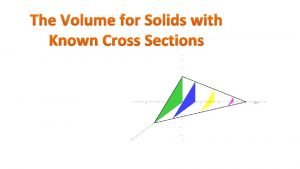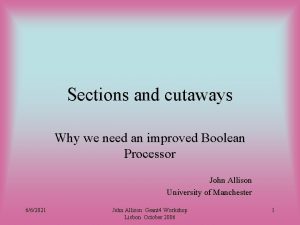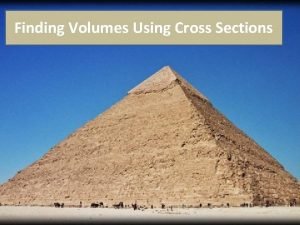Antiprotonproton elementary cross sections lack of data at



- Slides: 3

Antiproton-proton elementary cross sections: lack of data at low momentum • Total cross section – Measurements exist down to 220 Me. V/c • Annihilation cross section pp total cross section – Measurements by OBELIX exist even below 100 Me. V/c • Elastic cross section – Measurements down to 181 Me. V/c – No way to determine el below this value pp annihilation cross section • Lack of measurements in the low momentum region • Why is the elastic cross section so interesting? Evidences of an anomaly observed in np interactions

Total vs annihilation np cross sections An odd dimp-bump effect is observed in (np)TOT close to 65 -80 Me. V/c n n Regular and smooth trend of (np)ANN in the same momentum region Impossible to find a set of parameters able to describe correctly at the same time both T and ann n n Bad fits of T with ER expansions, of different kinds Total cross section Annihilation xsec: smooth The elastic cross section is most likely responsible for the unexpected irregular trend of T Due to a NN bound state close to threshold?

I=0 vs I=1 interactions • From the ratio between T(pp) and T(np) one can deduce the contribution to annihilation of the I=0 and I=1 sources of the NN interaction: n Strong dominance of the I=0 component at low momentum: n T(I=0)/ T(I=1): n n Effect explained as a manifestation of the coherence of meson exchanges in the central and tensor terms of the NN medium range force (Dover et al. ) For ann the same rule is valid: ann(np) < ann(pp) n ann(I=0)/ ann(I=1): n n (2. 5 0. 4) @ 70 Me. V/c (1. 1 0. 1) @ 300 Me. V/c (2. 4 0. 4) @ 70 Me. V/c (I=1) always lower than (I=0) BUT 1. 5 @ ~ 700 Me. V/c!




